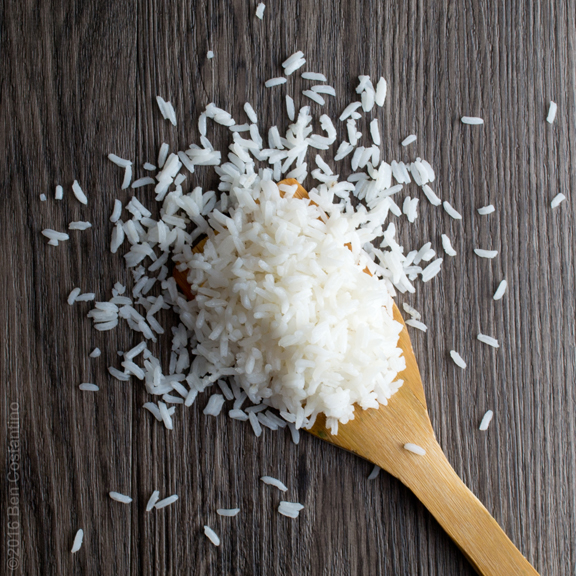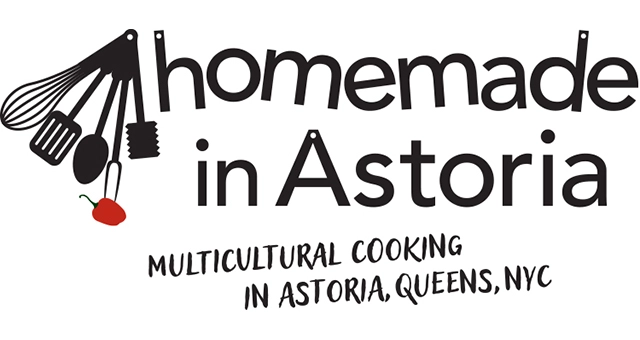
![]()
Everyone has varying techniques for cooking a batch of plain white rice and other rice-based recipes. Because of its wishy-washy nature, rice deserves its own blog post about how to yield an irresistibly light and fluffy batch, regardless of which technique you use. After much trial and error since I was a newbie home cook, I arrived at the following rice cooking tips that I still adhere to each and every time. Once you understand the basics, investing in a bulky rice cooker is unnecessary. And, even though different types of rice cook differently and require different ratios of liquid, these tips are universal and apply to recipes such as my Jollof Rice – Vegan Style and Rice with Pigeon Peas.
1. Use a pot that is wider than it is tall
This is an important factor because the width of the pot’s surface determines how evenly the heat gets distributed. If you’re pot is too tall and narrow you will end up with a batch of rice that is gummy at the bottom and dry towards the surface. For making one cup of dry rice, a 9.5 inch pot is sufficient, and if you double the amount of rice, simply use a slightly wider-bottomed pot. The low height of the sides just makes it easier to work with.
2. Rinse the rise
The instructions on a package of white rice says not to rinse the rice to preserve its nutrients, but ignore that! Bags of rice acquire a fair amount of starchy dust in the bag as they get handled. This starchy rice flour-like particles contribute to a gummy texture if boiled. Therefore, rinse the rice in a wire mesh strainer until the water comes out clear.
3. Use a little oil
The instructions on the package say that oil is optional, but I say “yes”. Doing so doen’t make it oily, it just makes the grains a little less sticky after they cool. Stir the rice into heated oil in the beginning to evenly coat the rice. Use 2 tablespoons for each cup of dry rice.
4. Do not use too much liquid
Different types of rice call for different liquid amounts. For long grain white rice, the popular ratio for rice to liquid is 1 to 2, but I disagree slightly. I have more success when I use slightly less liquid … more like 1 cup of rice to 1 7/8 cup liquid.
5. Do not over-stir
Once you add the liquid, too much stirring will make it gummy. Not stirring it at all will result in a layer of burnt rice at the bottom. Just before you put the lid on, give it one thorough (but gentle) stir to release any rice stuck on the bottom of the pot. Or instead of stirring, give the pot a thorough shake or two. The other time you want to gently stir rice is right after the its removed from heat. Lift the cooked rice from the bottom just a few times with a spatula using an upwards motion. This distributes the heat more evenly throughout the batch.
6. Be gentle
Agitating rice too much makes it gummy and risotto-like, be gentle and when in doubt, leave it alone. This is especially true when it’s still soft right after it cooks. After the rice has firmed up from settling and cooling, you can stir it more aggressively.
7. Let rice rest
The main photo in this post is how the rice looks when taken out immediately after the lid comes off. At this stage in process you might be ready to just dig in like I have done, but resist this urge. Let it sit for another 20 minutes with the lid ajar because it is still technically cooking and absorbing any last moisture it can get.


